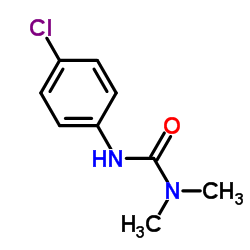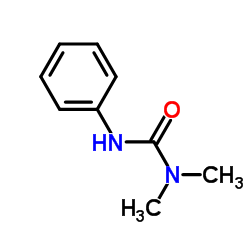| Structure | Name/CAS No. | Articles |
|---|---|---|
 |
Monuron
CAS:150-68-5 |
|
 |
N,N-Dimethyl-N-phenylurea
CAS:101-42-8 |